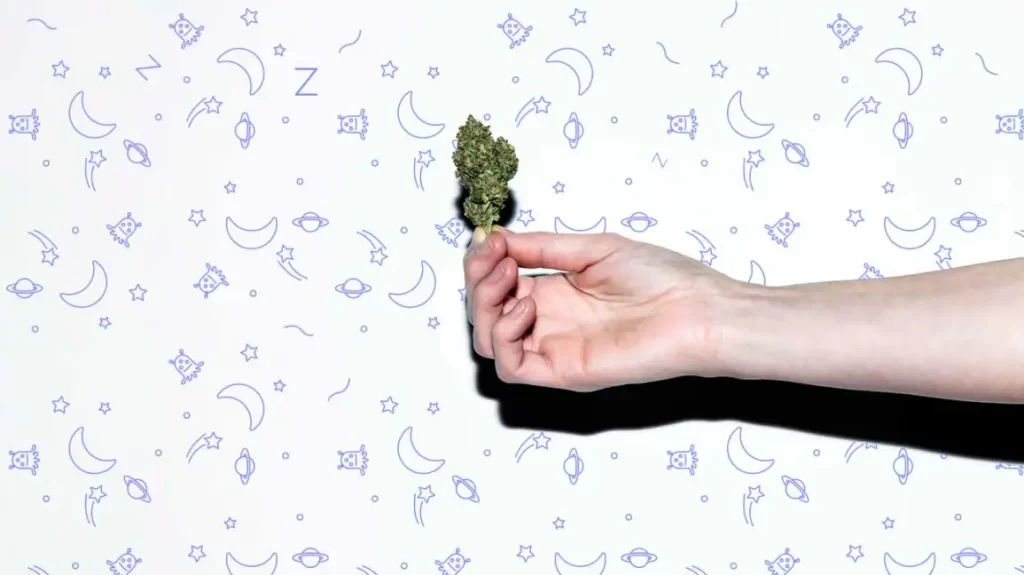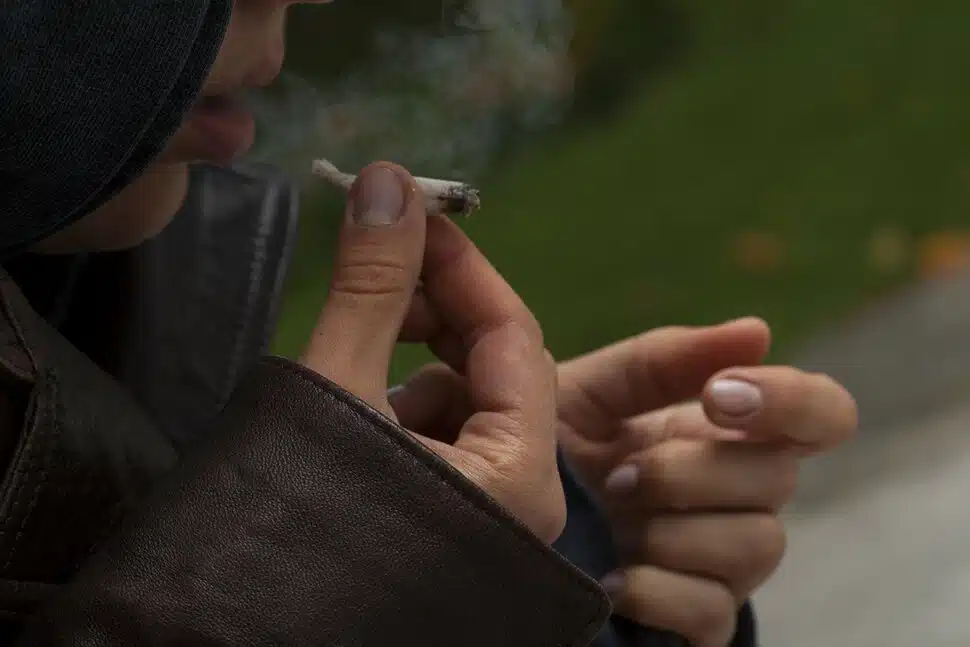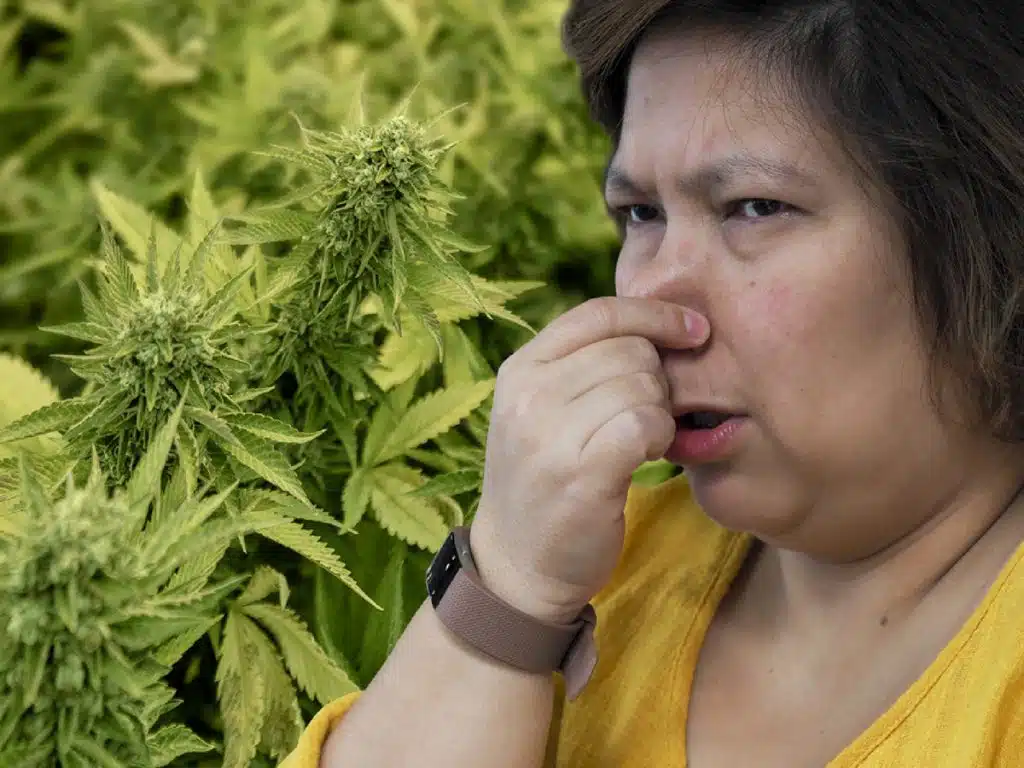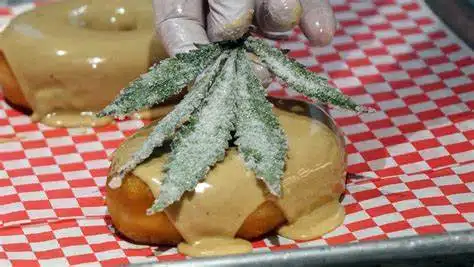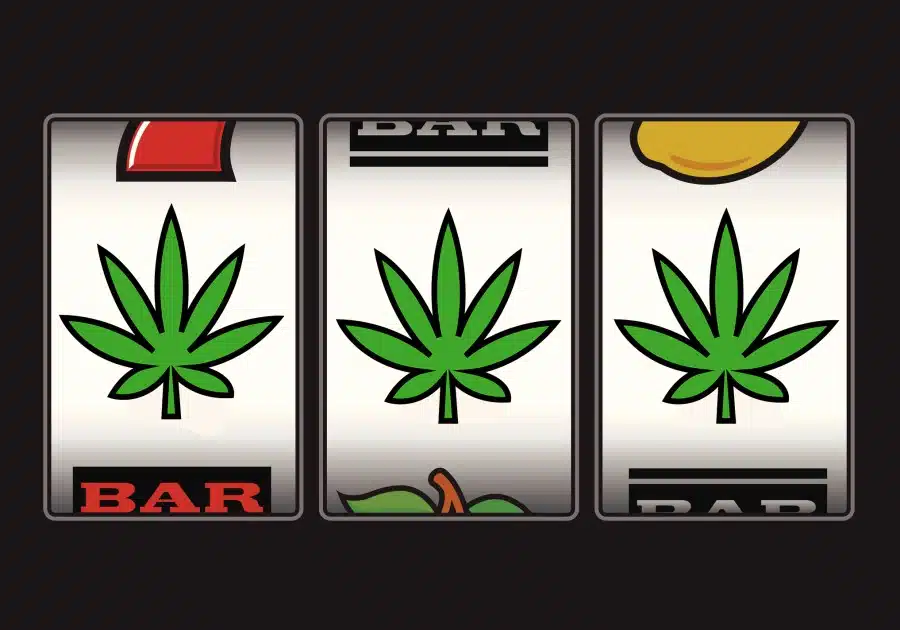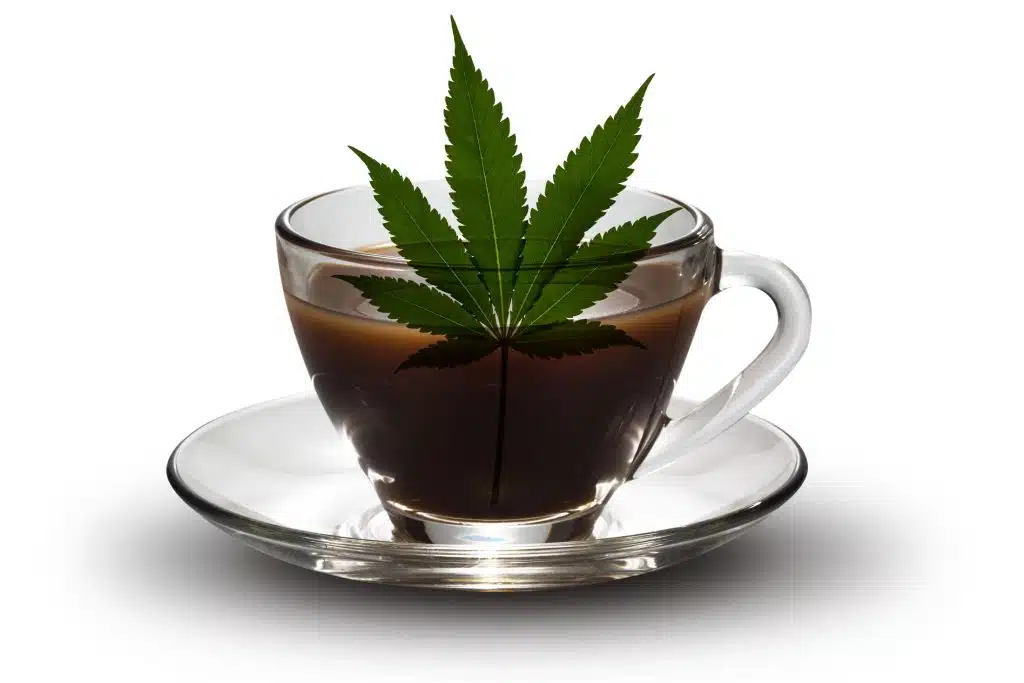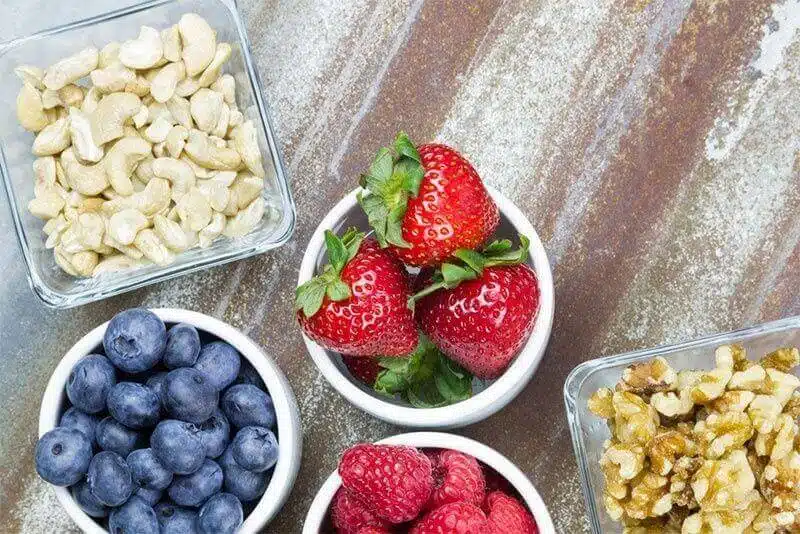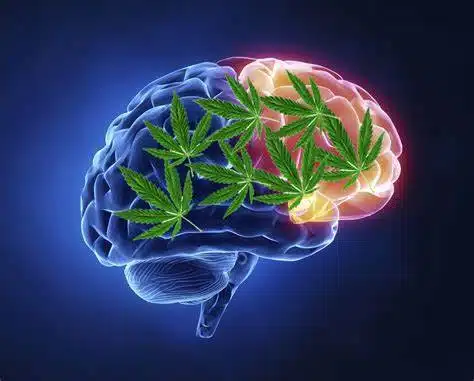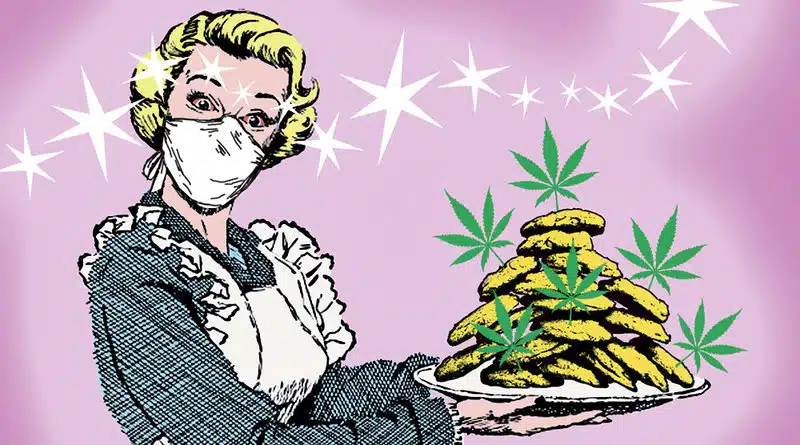Weed & Light Deprivation
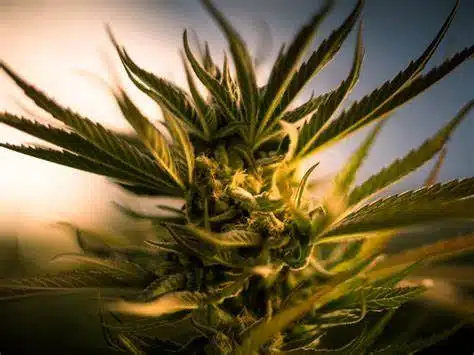
Weed & Light Deprivation
Welcome to our blog post on the fascinating topic of weed and light deprivation. In this article, we will explore the various aspects of cannabis cultivation in darkness and how it can enhance the growth and quality of your plants. Whether you are a seasoned grower or a curious enthusiast, this guide will provide valuable insights into the benefits, techniques, and considerations of using light deprivation in your cannabis cultivation journey.
The Benefits of Growing Cannabis in Darkness
Growing cannabis in darkness offers a range of benefits that can significantly impact the overall quality and yield of your plants. By manipulating light cycles, growers can trigger specific growth stages and optimize the production of cannabinoids, terpenes, and other desirable compounds. Let’s delve into some of the key advantages of utilizing light deprivation techniques:
-
Enhanced Terpene Preservation: Terpenes are aromatic compounds responsible for the unique flavors and aromas of cannabis strains. Darkness plays a crucial role in preserving these delicate compounds, ensuring that your buds are bursting with enticing scents and flavors.
-
Increased THC and CBD Levels: Light deprivation techniques can influence the levels of THC and CBD in cannabis plants. By carefully controlling the exposure to light, growers can maximize the production of these valuable cannabinoids, resulting in potent and therapeutic buds.
-
Precise Flowering Control: Darkness is instrumental in triggering the flowering stage of cannabis plants. By manipulating light cycles, growers can precisely control when their plants transition from the vegetative phase to the flowering phase, allowing for better planning and synchronization.
-
Pest and Disease Prevention: Darkness can help prevent the growth of mold, mildew, and pests in your cannabis garden. By minimizing light leaks and maintaining a controlled environment, you can reduce the risk of infestations and ensure the health of your plants.
-
Increased Yield Potential: Light deprivation techniques can lead to higher yields by extending the flowering period and promoting vigorous bud development. By carefully managing light cycles, growers can optimize the growth conditions and maximize their harvest.
The Role of Darkness in Triggering Flowering
One of the most critical aspects of cannabis cultivation is the transition from the vegetative stage to the flowering stage. This transition is triggered by a change in the light cycle, specifically the introduction of a period of darkness. Let’s explore how darkness influences this crucial phase:
During the vegetative stage, cannabis plants require a minimum of 18 hours of light per day to promote healthy growth and development. However, when growers are ready to induce flowering, they must reduce the light exposure to 12 hours or less. This reduction in light signals to the plants that it is time to shift their energy towards reproductive processes, such as bud formation.
By providing a period of uninterrupted darkness, growers can ensure that their plants receive the necessary signal to initiate flowering. It is essential to maintain consistency in the light cycle, as any interruptions or light leaks can disrupt the flowering process and lead to irregular growth patterns.
The Impact of Light Deprivation on THC and CBD Levels
As mentioned earlier, light deprivation techniques can significantly impact the levels of THC and CBD in cannabis plants. THC (tetrahydrocannabinol) is the psychoactive compound responsible for the euphoric effects of cannabis, while CBD (cannabidiol) offers various therapeutic benefits without the intoxicating effects. Let’s explore how darkness influences the production of these valuable compounds:
During the flowering stage, cannabis plants produce resinous trichomes, which contain the highest concentrations of THC and CBD. These trichomes act as a defense mechanism against predators and environmental stressors. Darkness plays a crucial role in stimulating the production of trichomes, thereby increasing the levels of THC and CBD in the final product.
By carefully managing the light cycle and providing periods of uninterrupted darkness, growers can optimize the conditions for trichome development. This results in buds with higher potency and therapeutic value, making them more desirable for both recreational and medicinal purposes.
The Use of Blackout Curtains in Cannabis Cultivation
Blackout curtains are a valuable tool in cannabis cultivation, especially when employing light deprivation techniques. These specialized curtains are designed to block out all external light sources, ensuring that your plants receive the necessary periods of darkness. Here are some key considerations when using blackout curtains:
-
Light Leak Prevention: Light leaks can disrupt the flowering process and negatively impact the quality of your buds. Blackout curtains effectively prevent any external light from entering your grow space, ensuring that your plants receive the required darkness.
-
Temperature and Humidity Control: Blackout curtains also provide insulation, helping to maintain optimal temperature and humidity levels within your grow space. This is particularly important during the flowering stage when environmental conditions can significantly influence bud development.
-
Versatility and Ease of Use: Blackout curtains are available in various sizes and can be easily installed in any grow space. They are a cost-effective solution for light deprivation and can be adjusted to accommodate different stages of plant growth.
The Impact of Darkness on Cannabis Plant Stress Response
Cannabis plants, like any other living organisms, have a stress response system that helps them adapt to challenging conditions. Darkness plays a crucial role in regulating this stress response and ensuring the overall health and resilience of your plants. Let’s explore how darkness influences the stress response in cannabis:
During periods of darkness, cannabis plants undergo various physiological changes to cope with the absence of light. These changes include the activation of specific genes and the production of protective compounds, such as antioxidants and flavonoids. These responses help the plants combat stressors such as pests, diseases, and environmental fluctuations.
By providing periods of uninterrupted darkness, growers can promote a robust stress response in their cannabis plants. This, in turn, enhances the plants’ ability to withstand adverse conditions and increases their overall resilience.
The Benefits of Using Light Deprivation to Control Cannabis Flowering Times
Controlling the flowering times of cannabis plants is crucial for growers who want to synchronize their harvests or manipulate the growth cycle to suit their specific needs. Light deprivation techniques offer a reliable and effective method for achieving this control. Let’s explore the benefits of using light deprivation to manage flowering times:
-
Flexibility and Customization: Light deprivation allows growers to manipulate the light cycle to suit their desired flowering times. This flexibility is particularly useful for commercial growers who need to synchronize multiple harvests or for home growers who want to stagger their harvests for personal use.
-
Climate Adaptation: Light deprivation techniques enable growers to adapt to different climates and growing conditions. By controlling the light cycle, growers can extend or shorten the vegetative stage to ensure optimal growth and flowering, regardless of the external environment.
-
Increased Efficiency: Light deprivation techniques can increase the efficiency of cannabis cultivation by reducing the overall time required for each growth cycle. By shortening the vegetative stage and inducing flowering at the desired time, growers can maximize their yields and optimize their resources.
-
Consistent Quality: By controlling the flowering times, growers can ensure consistent quality in their cannabis products. This is particularly important for commercial growers who aim to maintain a consistent supply of high-quality buds to meet market demands.
-
Pest and Disease Management: Light deprivation techniques can also help manage pests and diseases by allowing growers to avoid peak infestation periods. By manipulating the light cycle, growers can minimize the risk of pest outbreaks and ensure the health of their plants.
Conclusion
In conclusion, the use of light deprivation techniques in cannabis cultivation offers numerous benefits for growers seeking to enhance the quality and yield of their plants. By understanding the role of darkness in triggering flowering, optimizing THC and CBD levels, and managing stress responses, growers can harness the power of light deprivation to their advantage.
Remember, when implementing light deprivation techniques, it is crucial to invest in blackout curtains, maintain consistent light cycles, and monitor environmental conditions to ensure optimal growth. By doing so, you can unlock the full potential of your cannabis plants and enjoy the rewards of a successful harvest.
If you are looking for a reliable online dispensary to purchase high-quality cannabis products, look no further than Ganja West Online Dispensary. With a wide selection of concentrates, edibles, vapes, tinctures, and more, Ganja West offers convenient delivery and a seamless online shopping experience. Visit their website today and explore their extensive range of cannabis products. If you are interested in buying weed online and THC products, check out Ganja West online weed dispensary and shop for your weed online and cannabis products at ganjawest.co!
